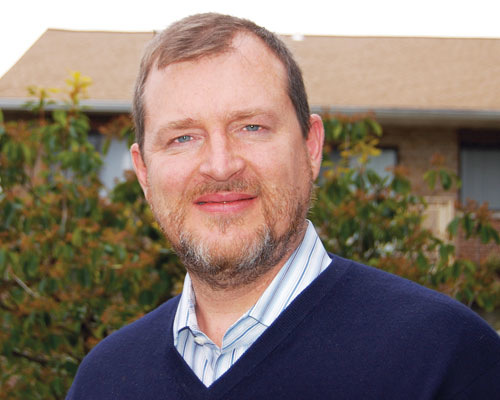What are the accomplishments you are most proud of?
I am very proud of the work that the Weikart Center and our client-partners have done to help improve the quality of experiences available to young people when they are not in school and when their parents are at work. We are in the business of performance measurement and accountability, but our core—our philosophical commitment—is to the care and fullest development of both young people and their teachers. I'm also very proud that over the past decade we have been committed to building accountability models where success is not only defined by the use of precise and normative indicators for what good performance is, but, as important, where an effective accountability policy is defined by increased trust, effective learning communities, and a focus on empowering program staff and managers to get better at what they do. In this sense, the afterschool field is a policy exemplar for the emerging teacher evaluation policies for K-12 systems.
Where do you see the field in ten years?
Hopefully a lot closer to the goal of stable public funding for a greater proportion of a larger out-of-school time / expanded learning / afterschool sector. I also see our field becoming the exemplar for what many refer to currently with the term collective impact. Afterschool systems, particularly the quality improvement systems (and QRIS variants), are already uniquely successful in finding points of agreement where many different organizations come together across governmental jurisdictions, auspices (i.e., private, nonprofit, public), and policy silos (i.e., DOE, DHS, DOL) to achieve collective action.
What are the biggest opportunities for the afterschool industry?
In terms of services, our field is uniquely positioned to build core social and emotional skills that make children and youth more ready for whatever comes next for them. In this sense, our field's freedom to customize content to youth interests and provide experiential learning opportunities to successfully encounter and overcome challenges, meet responsibilities, and coordinate action among peers and adults is a direct pathway to building these core skills. Also, the middle school years remain a strategic opportunity to both engage an underserved group and set up a successful transition into high school pathways and more advanced clubs and extracurricular activities. I believe that there are clear opportunities to demonstrate medium-term impacts on high school completion by getting the afterschool program design right for young people between the ages of nine and fourteen. In terms of strategy, more research and evaluation will both help improve the quality of current services as well as provide evidence of effectiveness for policy makers. However, it is critical that we coordinate our local investments in research and evaluation to produce a much more cumulative base of experience and evidence for our field.
What are the biggest challenges facing afterschool?
One of biggest challenges is to figure out how to deal with transience of both staff and students, which constantly erodes service quality and effectiveness. Part of this solution may be simply to acknowledge that high turnover is part of our program design; we want to educate our early career staff quickly and create program offerings that fit with the intermittent needs of children and families. Another major challenge is also about research and evaluation. Many in the field are already drowning in useless data that never becomes useful information. Right now we are all very focused on measures, but using the same measures is not the solution—because all of them have reliability and validity problems depending on how they are used. The greatest challenge is to come to some agreement on our theories about what afterschool does for children, youth, and families, and, especially how those benefits show up in important performance criterion like school-day success, risk behavior, and career readiness. If we don't get on the same page about our practical theories, we will end up using our precious resources to measure things that don't matter using methods that don't inform.
What makes an afterschool program successful?
A leader that builds and sustains a professional learning community that is well-informed about its own performance.
Edited by Amy L Charles, editorial director of AfterSchool Today magazine, the Official Publication of the National AfterSchool Association.

